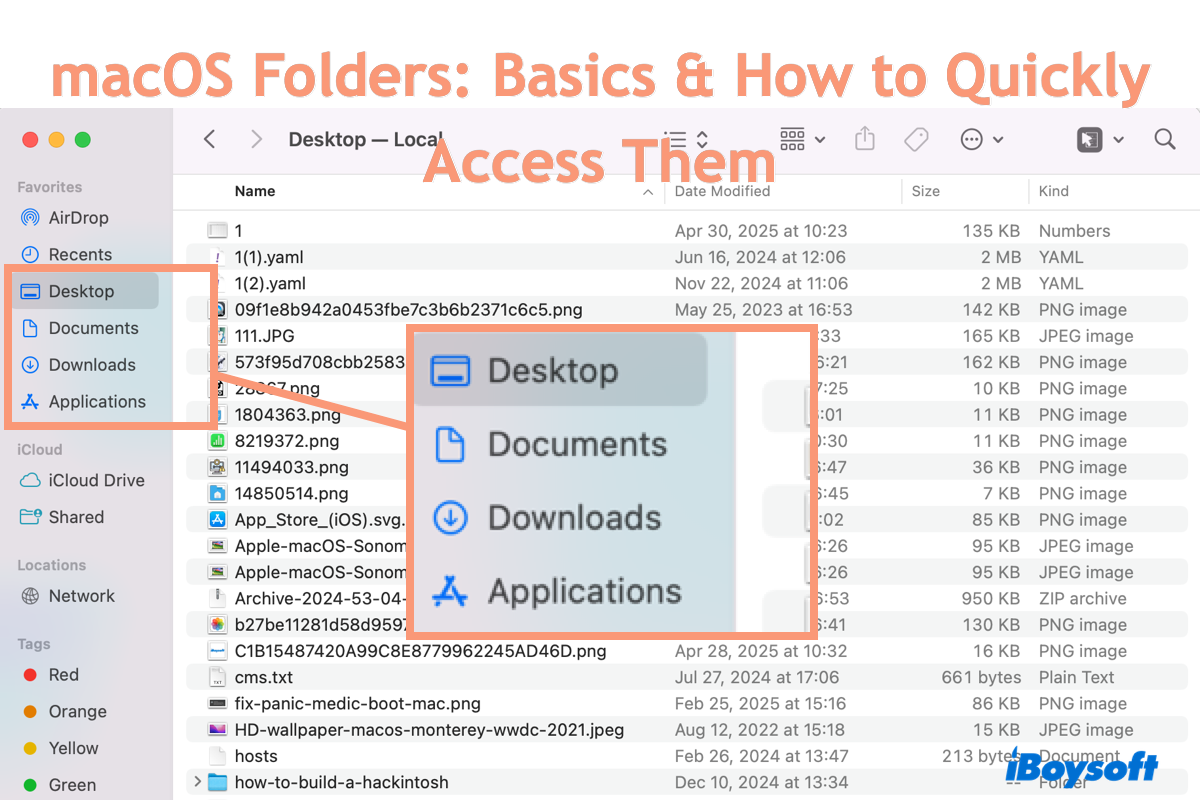An unformatted HDD may be caused by improper ejection, malware and virus infection, bad sectors, physical damage, etc. You can apply the methods below to fix it without formatting. As the last resort, you can reformat the external hard drive, but you should recover data from the unformatted drive with professional data recovery software before formatting it.
An unformatted disk is usually accompanied by error messages such as "You need to format it before you can use it, " or "The disk in drive F is not formatted. Do you want to format it now?" And when it occurs, all your files kept on the unformatted drive are not accessible.
As you said, there are I/O errors on your external hard drive. It may be the reason for an unformatted drive. I/O device errors, short for Input/Output, are quite common. It relates to the connection between the drive and the PC, the outdated disk driver, physical or logical damages, incompatible transfer mode, and improper file system.
After analyzing, you can try the remedies below to make the unformatted HDD usable again:
- Ensure a good connection between the drive and the PC, you can change another port or cable.
- Update the disk driver from the Start icon > Device Manager, double-click the drive, and select Update driver.
- Check for hard drive errors with the built-in tool. Open This PC/Computer, choose your drive and right-click it, select Properties, then choose the Tool table and click the Check button.
- Run CHKDSK to repair hard drive. Press Windows - X and select Command Prompt, type chkdsk /f /r /x [your drive letter here], and press Enter.
- Change transfer mode in IDE. Head to the Device Manager, expand the IDE ATA/ATAPI controllers, right-click the channel your drive connected and choose Properties, select the Advanced Settings tab, and uncheck Enable DMA.
- Recover data from the unformatted drive and reformat it. Download and install iBoysoft Data Recovery for Windows to get off your data from the unformatted drive, then format the drive to make it accessible again.


